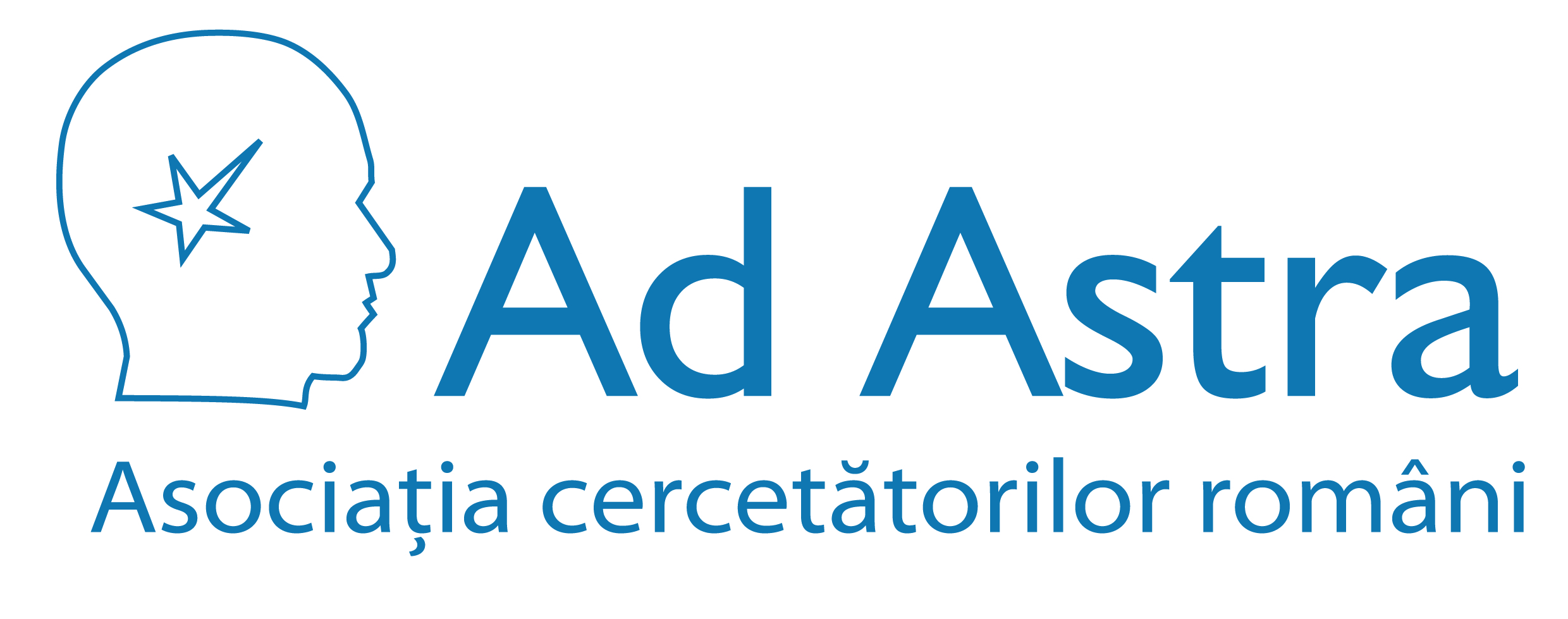Scopul nostru este sprijinirea şi promovarea cercetării ştiinţifice şi facilitarea comunicării între cercetătorii români din întreaga lume.
Staff Login
Applications of Principal Component Analysis integrated with GIS
Domenii publicaţii > Matematica + Tipuri publicaţii > Articol în revistã ştiinţificã
Autori: Petrisor AI, Ianos I, Iurea D, Vaidianu MN
Editorial: Procedia Environmental Sciences, 14, p.247-256, 2012.
Rezumat:
Principal Component Analysis is a statistical instrument able to identify the variables explaining most variation within a sample. When the lines are administrative units within a region, and the input variable account for a specific issue (e.g., level of development etc.), Principal Component Analysis can be used to pinpoint the variables explaining mostly the specific issue. Moreover, if used in conjunction with GIS modeling, the entire approach produces hierarchies of the administrative units, which by mapping allow for the identification of hotspots (e.g., underdeveloped regions etc.) that are at the core of intervention policies. The presentation examines several examples from research aiming to assess the level of development in Romania, Ialomiţa hydrographic basin, the Danube Delta Biosphere Reserve and Iaşi County. The results indicate the utility of the approach as a research instrument, but also for strategic planning purposes. Specifically, they allow for pinpointing the variables that best account for the level of development, describing economic, social, demographic, education, infrastructure and cultural aspects. The results indicate that development cannot be assessed using variables pertaining to a single sector, as in all cases the relevant variables account for economic, social, cultural, or demographic issues.
Cuvinte cheie: geostatistics, territorial systems, spatial development, variability
URL: http://www.sciencedirect.com/science/article/pii/S187802961200494X

